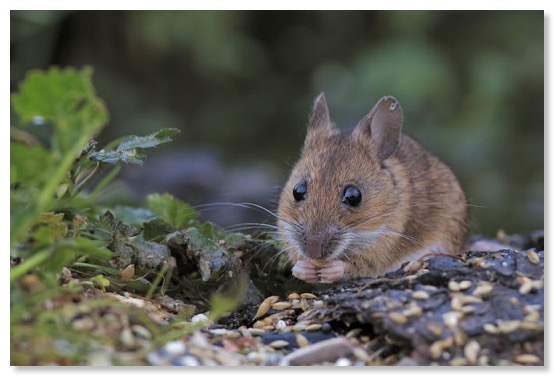A wild mouse epigenetic clock
Some individuals age faster and die earlier than others. It is becoming possible to identify patterns on DNA - specifically epigenetic patterns - that predict mortality. These are called biomarkers of ageing, and they can help us understand variation in ageing rates. We are developing biomarkers of ageing for a wild mouse, the wood mouse (Apodemus sylvaticus). The wood mouse is very closely related to the mice we use in laboratories, but in many respects, it mirrors human lives better than laboratory mice. With wood mice we have a powerful system to enquire about the effects of living in the wild, infection, social interactions, reproduction and nutrition on ageing. We can also manipulate the wild environment (e.g. food supplementation or parasite drug treatment) to gain insight into cause and effect in the real-world. With a wild mouse epigenetic clock, we are addressing the following questions:
(1) What is the cost, in terms of age acceleration, of living in the wild? (2) What is the cost, in terms of age acceleration, of protein or other nutritional deficiencies? (3) What is the cost, in terms of age acceleration, of infection? Of multiple infection? Of treatment or vaccination?
Don't just read, join us: PhD project on Ageing in the Wild

